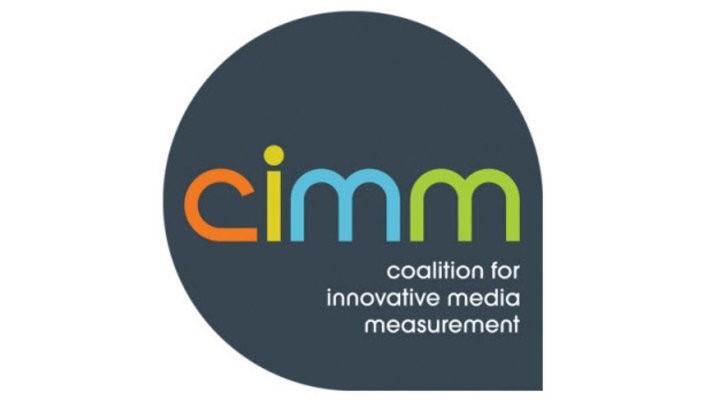CIMM Details Set-Top Box and Smart TV Data Integration Best Practices
Identified five stages for integrating the two data sources

NEW YORK—There are a few best practices when it comes to integrating set-top box (STB) and Smart TV data, according to a new study from the Coalition for Innovative Media Measurement (CIMM).
The research aimed to assess the strengths and weaknesses of Smart TV and STB data and identify best practices for combining them at the household level. CIMM describes both datasets as complementary and believes the combination can help create a granular nationally representative data sets for linear and streaming TV programming and advertising.
CIMM enlisted Pre-Meditated Media and Janus Strategy and Insights to conduct the study, which was done in two phases. The first phase reviewed Smart TV ACR and STB providers to collect a general understanding of the approach of each. This included general applications, sample sizes, data capturing and reporting and data processing rules.
The second phase reviewed the existing methods for integrating Smart TV ACR and STB providers, like matching methods and co-mingled processing of viewing data. The two phases were combined to identify best practices, which resulted in identifying five stages.
Stage One is best practices for data set selection. This includes utilizing STB data sets that span multiple traditional/virtual MVPDs and Smart TV ACR data providers to ensure representativeness of viewer footprint and amplification of complementary measurement priorities of both data collection techniques; as well as recognize diversity of household TV access on tuning behaviors that reflect changing landscape of TV viewing and apply consistent definition and sample inclusion of over-the-air, pay-TV and broadband-only homes.
Stage Two is on establishing match and commingling design, which calls for the use of tuning data from homes with STB-to-Smart TV ACR device matches to inform calibration of combined data set estimates, including un-matched homes. This results in three core cells: STB only, STB/Smart TV ACR and Smart TV ACR only.
Stage Three represents match execution, calling for the deployment of a high quality matching agent, able to match on postal and IP addresses; leverage HH device graph for representation of OTA, pay-TV and broadband-only homes; validate match process; and ask IP match provider questions regarding quality of data records, such as recency, churn rate, deterministic vs. probabilistic, life span, etc.
The professional video industry's #1 source for news, trends and product and tech information. Sign up below.
Stage Four deals with the best practices for calibration and weighting. This addresses key calibrations made to data sets, like STB adjustments to Smart TV ACR (number of sets in home, DVR/VOD, backfill reference for ACR signature library) and Smart TV ACR to STB (CTV access, set-on/set off, on-screen ad exposure). It also calls for applying weights to four benchmark cells: U.S. demographics, TV access universe, tuning metrics and geographics.
The final stage, Stage Five, covers validation, which entails validating universe and turning estimates.
“The feedback we have received in our research bodes well for the future development of granular Set Top Box/Smart TV ACR data sets that support advanced targeting and placement optimization on linear TV,” said Howard Shimmel, president, Janus Strategy and Insights. “What we are seeing is that Integration processes are maturing, enabling more flexibility and potential for standardization; STB and Smart TV ACR data formats already possess some similarities; there is a degree of consistency in metadata already occurring and experimentation is accelerating. All that suggests that the path to integration is taking shape. Our hope is that with the findings of this report that providers will begin to implement the best practices outlined.”
CIMM will provide more detail on the report during the CIMM Cross-Platform Video Measurement & Data Summit taking place on Feb. 3 & 4.
For more information, visit www.cimm-us.org.
